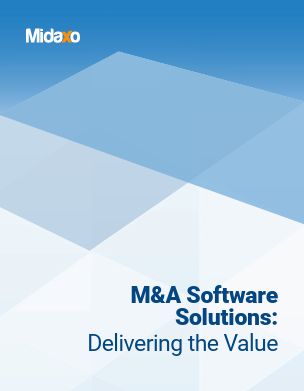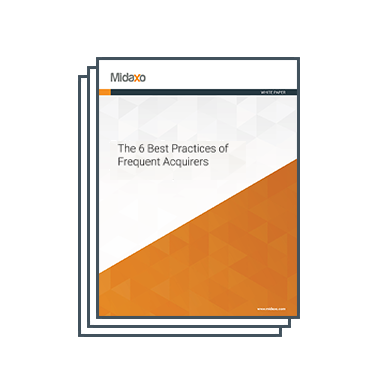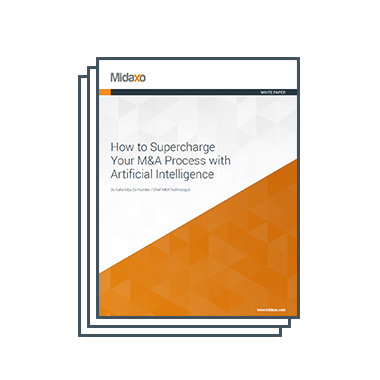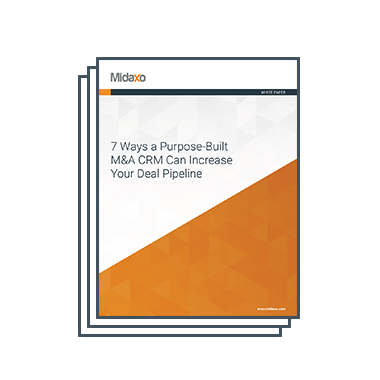Series: M&A Software Solutions – Delivering the Value
Part 2 of 6: A Brief History of M&A Technology
To understand the future of M&A software, we first have to look at the past. In this post, we trace the evolution of applications in M&A—from paper to spreadsheets to SaaS—and explore why, despite so much progress, the industry remains stuck in a cycle of fragmented tools and manual work. It’s a key inflection point in the ongoing M&A technology transformation.

This blog series is derived from the white paper on M&A Software Solutions by Charles Cautley.
From paper to spreadsheets: the first leap
Before the 1980s, M&A was a paper-driven process. Even as desktop computers, early productivity tools, and email began entering the business world, dealmaking remained largely analog. Paper memos, in-person meetings, and physical data rooms ruled the day.
That changed with the introduction of Microsoft Excel in 1987. Throughout the 1990s and early 2000s, Excel became the de facto tool for M&A teams—used for financial modeling, diligence tracking, task management, and more. Even as tools like Microsoft SharePoint, Outlook, CapIQ, and early ERPs emerged, Excel’s flexibility made it a universal constant. At its peak, over 90% of deal teams relied on Excel as their core operating platform.
This period marked the first real step in M&A technology transformation—but it was still a fundamentally manual and disconnected process.
The SaaS boom—and vertical solutions
From the early 2000’s we started to use many of the new technologies on which we still rely today in M&A. Smart phones, VDRs, digitized company data sources, and collaboration tools have brought new levels of structure and visibility to parts of the deal lifecycle. Particularly, over the last fifteen years there has been a flurry of new Software-as-a-Service (SaaS) applications available for the industry, including DealCloud, Intralinks, and Crunchbase.
These tools were transformative in their own right. They enabled better access to real-time data, improved collaboration, and offered more sophisticated reporting. However, most were—and still are—point solutions. Each tool solves a specific problem in the M&A workflow, but few offer end-to-end process coverage. The result: a patchwork of disconnected apps, data silos, and duplicated effort.
A Patchwork of Tools

Early adoption of SaaS was strongest in diligence—driven largely by seller mandates and the need for secure data sharing. From there, adoption has dropped off sharply. While some teams use project management tools or CRMs, manual, Excel-based processes still dominate the bulk of deal execution.
This fragmented tool landscape has become one of the biggest barriers to real digital transformation. Despite the promise of SaaS, much of today’s deal activity continues to happen in spreadsheets—limiting scalability, visibility, and efficiency.
Why the SaaS Shift Fell Short
At a recent European M&A conference, over 20 M&A software providers openly acknowledged this challenge: that Excel still rules. Displacing it has proven extremely difficult—not because of its superiority, but because most SaaS platforms aren’t meeting the full needs of modern M&A teams.
They’re too narrow, too hard to adopt, or too disconnected from the real workflows of dealmakers. As a result, many organizations remain stuck in a halfway state: juggling a dozen tools and still defaulting to Excel for the most critical pieces.
This is the challenge—and the opportunity—at the heart of M&A technology transformation.
The Next Evolution?
It’s time to ask the tough questions:
- Why haven’t SaaS solutions displaced Excel?
- What do deal teams actually need from their tech?
- What must come next to finally transform the end-to-end M&A process?
In the next post, we’ll explore those answers—diving into why most tools don’t work together, and what the next generation of M&A software must do to break the cycle of fragmentation and manual work.
Up Next: Mapping the M&A Software Landscape—what tools are out there, what’s missing, and where end-to-end platforms like Midaxo fit in.





